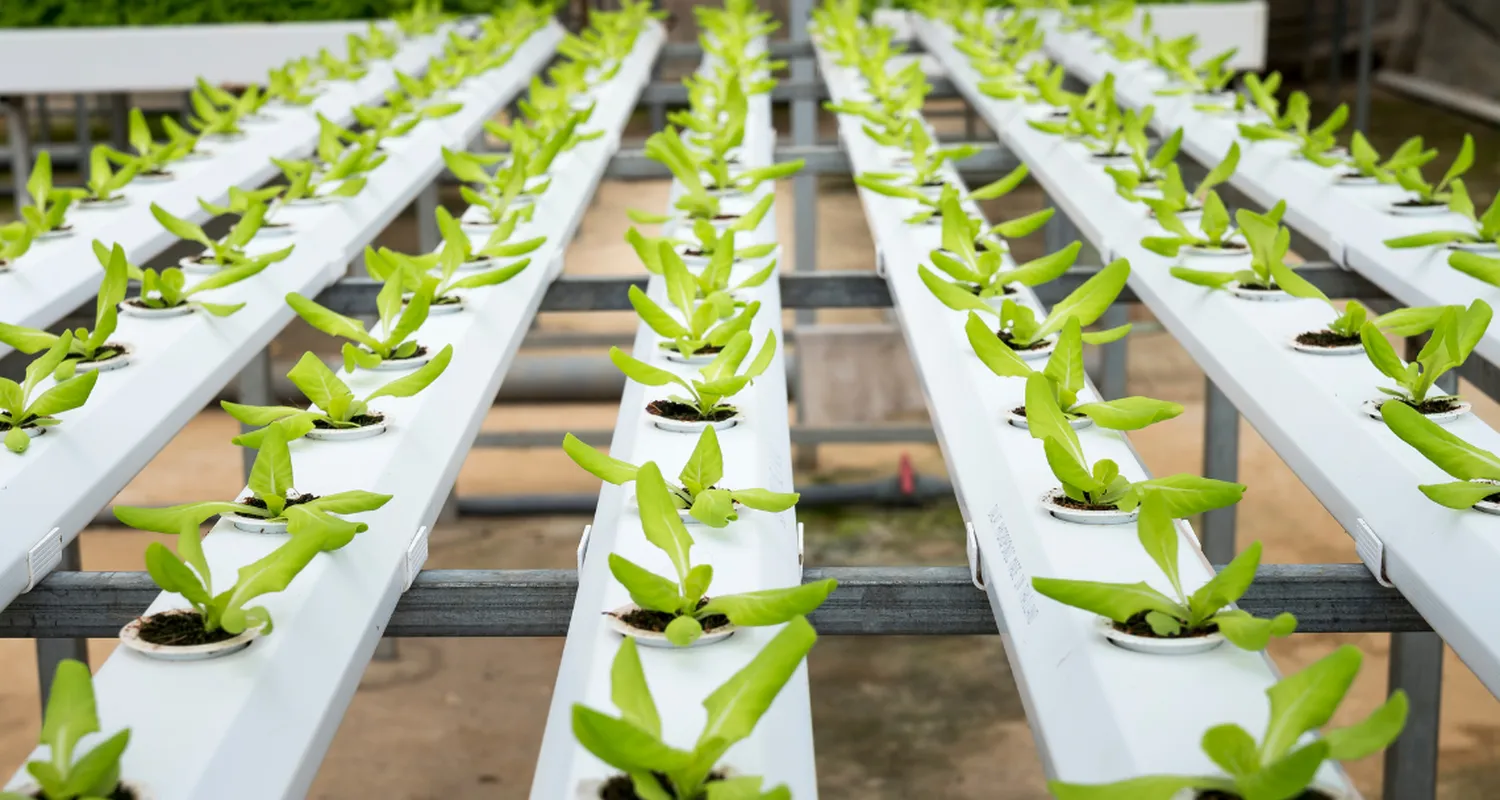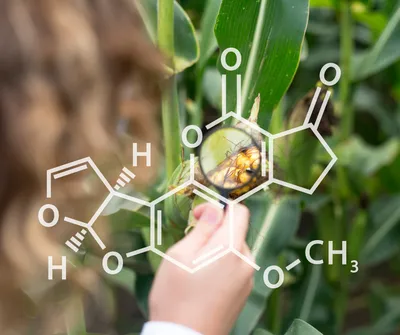What are the main technological or scientific challenges in scaling biological solutions to be as effective and consistent as synthetic inputs?
Biologicals don’t need to completely replace chemicals to be successful. In fact, combining them can offer significant advantages—such as reducing chemical usage, lowering the risk of chemical resistance, improving environmental impact, and ultimately delivering better ROI for growers. In my view, biologicals should be seen as an additional tool to help farmers manage their daily challenges more efficiently.
There are already biological technologies on the market with high efficacy, comparable or even superior to chemical solutions in specific applications. However, adoption and performance vary by country due to agronomic conditions, crop economics, regulatory frameworks and target obligations. Despite this, many countries already benefit from efficient biocontrol solutions.
Let me share an example from Brazil that illustrate this point. One of the fastest-growing segments is bionematicides, where effective and affordable chemical options are scarce. Growers faced with productivity losses were motivated to explore biological alternatives. The industry responded by investing in biocontrol solutions tailored to this need. After a brief learning curve, several companies successfully launched effective bionematicide products.
Recent surveys in Brazil show that bionematicides have the highest adoption rate among biologicals, reaching 28% penetration, followed by bioinsecticides (25%) and biofungicides (18%).
This is a clear example where a chemical solutions were less present and at high cost been pressured by a Biologicals alternative. Favorable local conditions, grower willingness to adopt new technologies and faster regulatory approval for biologicals (compared to chemicals) helped accelerated this shift in Brazil.
Do you believe this space is ready for further growth?
Absolutely. There’s still tremendous untapped potential to expand biological adoption in Brazil. Although Brazil is a global agricultural powerhouse, a large portion of the market still doesn’t use biocontrol products or biostimulants. There’s a clear opportunity to increase penetration and develop solutions targeted to specific crops, pests, and growing conditions.
Another example is Dalbulus maidis, a pest that severely affects corn in parts of Brazil. The conventional approach involves repeated chemical applications, which are costly and often offer limited control in high pest conditions. In response, companies have developed bioinsecticides that may not have same insecticide efficacy immediately after application, but provide longer-lasting effects—enabling better integrated pest management (IPM) and pest control.
Returning to your question about scientific challenges: despite some great success stories, a few key barriers remain. One is the short shelf life of many biologicals—often less than two years. Reason current R&Ds are focused on extending shelf life, eliminating the need for cold chain storage, and enhancing product efficacy when we talk about current 1st generation solutions.
We're also witnessing major advancements in second- and third-generation biologicals, including gene-editing techniques and metabolite-based technologies, which will become new market standards in a few years.
Regulatory challenges are another critical piece. As innovation accelerates, regulatory frameworks must evolve to ensure timely market access. In LATAM, regulations vary greatly by country. Brazil stands out with a modern, updated framework—but differences with Europe and the U.S. pose challenges for global R&D teams working across geographies.





